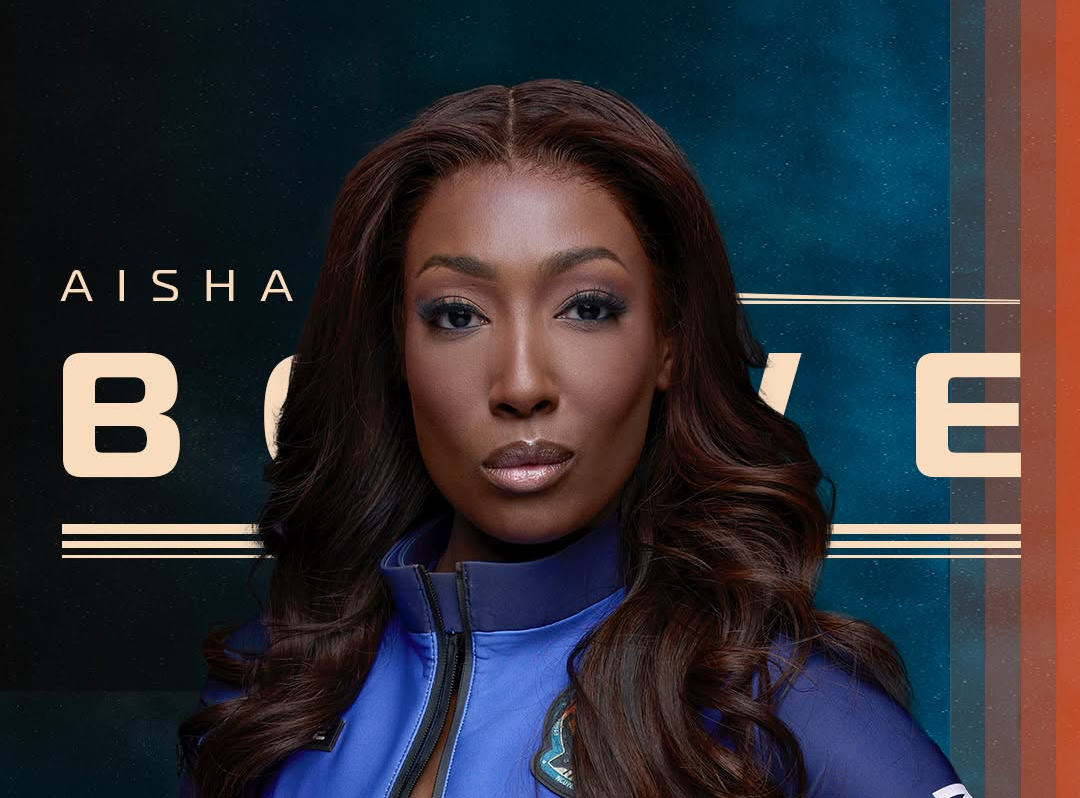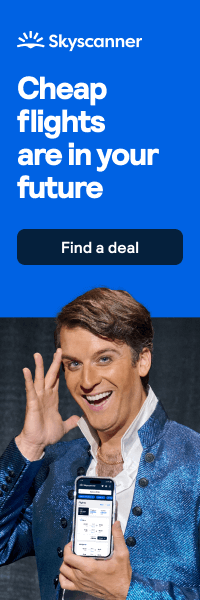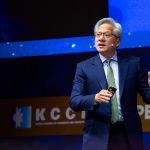The Empathy Edge: How Gen Z Leaders Are Winning Through Radical Inclusion
The corporate world is undergoing its most significant leadership transformation since the Industrial Revolution. As Gen Z professionals ascend to management roles and launch disruptive startups, they are dismantling century-old hierarchies and rebuilding workplaces around radical transparency, digital-native collaboration, and social impact. This isn't simply a generational shift—it's a complete reimagining of organizational power structures.
The Collapse of Traditional Leadership Models
The pandemic served as the final stress test for outdated leadership approaches that were already failing. A 2023 Deloitte study revealed that 78% of employees under 30 would refuse a promotion that required adopting "old-school" command-and-control management styles. What we are witnessing goes beyond workplace preferences—it is a fundamental rejection of leadership as performance in favor of leadership as service.
Gen Z's expectations crystallized during their formative years, which included witnessing the 2008 financial crisis, climate change protests, and the digital democratization of information. Unlike previous generations who accepted corporate culture as immutable, these digital natives view organizational structures as software to be reprogrammed rather than hardware to be maintained.
Five Pillars of Gen Z Leadership Philosophy
- Purpose as Performance Metric The new generation of leaders treats profit as a byproduct rather than a primary goal. When 24-year-old Aisha Bowe launched STEMBoard, she structured the aerospace tech company around an "impact multiple"—a proprietary algorithm measuring how each business decision advances racial equity in STEM fields. This approach has attracted clients like NASA while maintaining 40% annual growth. Similarly, Grace Beverley, founder of sustainable activewear brand Tala, has built a multi-million-pound empire not just on product, but on unparalleled transparency around ethical supply chains and a deep, community-driven social mission. Her brand’s growth is inextricably linked to its demonstrated commitment to purpose beyond profit.

Aisha Bowe
- Radical Transparency Protocols Gen Z leaders are implementing what management scholars call "glass box leadership." At fintech startup Nova Credit, co-founder Misha Esipov publishes real-time revenue dashboards accessible to all employees, including interns. Their monthly "Ask Me Anything" sessions with executives routinely address sensitive topics like compensation disparities and failed initiatives. This level of openness cultivates trust and psychological ownership that older models simply cannot achieve.
- Asynchronous Empowerment The era of presenteeism has ended. Companies like remote-first design agency ReadySet have eliminated fixed schedules entirely. Instead, they use AI-powered "productivity mapping" that identifies each team member's optimal working patterns. The result? A 32% increase in output and 67% reduction in burnout reports. This flexible model is championed by leaders like Aimee Smale, founder of the fashion brand Odd Muse. Having built her successful business from a lockdown idea, Smale emphasizes how asynchronous work and a focus on output rather than hours allow her team to thrive, fostering a culture of trust and self-management.

Aimee Smale, founder of the fashion brand Odd Muse
- Continuous Growth Ecosystems Forward-thinking organizations are replacing annual reviews with dynamic "growth loops." Social impact platform BrightHive developed a real-time feedback app that provides micro-coaching after meetings and projects. Early data shows this approach accelerates skill development by 3x compared to traditional review cycles. This focus on constant, fluid development resonates with a generation that values skill acquisition over static titles.
- Psychological Safety Infrastructure Gen Z leaders are not just paying lip service to mental health—they are building it into operational systems. At mental health startup Mindshine, all employees complete weekly "energy audits" that automatically adjust workloads. The leadership team then analyzes aggregate data to identify systemic stress patterns before burnout occurs. This proactive approach to well-being is fundamental.
Case Studies in Next-Gen Leadership
The Viral CEO 23-year-old Liana Guzman, CEO of edtech company LinguaLearn, has redefined executive communication. She conducts weekly TikTok livestreams where employees and customers can challenge decisions in real time. This radical accessibility has fueled 500% user growth in 18 months, demonstrating that authenticity, even in an executive role, can be a powerful growth engine.
The Anti-Hierarchical Enterprise Cryptocurrency platform Decentra has eliminated all job titles and implemented a "skill-based governance" model. Projects are proposed via blockchain-style voting, and compensation is determined through peer assessments of contribution value. Their experiment has attracted top engineering talent from Google and Meta, proving that radical decentralization can be a magnet for high performers seeking autonomy and genuine meritocracy. This model reflects a growing desire for flatter structures and direct influence, a principle subtly evident in how younger generations are influencing even traditional bastions like luxury fashion. Lorenzo Bertelli, for example, despite his lineage at Prada, champions sustainability and digital engagement, demonstrating how even within established hierarchies, new leadership paradigms can infuse purpose and and adapt to contemporary values.

Lorenzo Bertelli
The Purpose-Driven Scion Indre Rockefeller, while not Gen Z herself (born in 1980), embodies many of these progressive leadership tenets in her ventures, particularly with her sustainable luggage brand, Paravel. Her approach demonstrates how a deep commitment to environmentalism and ethical practices can be woven into a business's core, attracting a talent pool that aligns with purpose-driven missions. Her leadership emphasizes impact and sustainability, values that resonate deeply with the younger workforce, showcasing how innovative thinking around business responsibility transcends generational boundaries.

Indre Rockefeller
The Future of Organizational Design
As these examples demonstrate, we are not merely seeing new leadership styles emerge—we are witnessing the birth of entirely new organizational architectures. Three disruptive models are gaining traction:
- Mesh Organizations: Fluid networks where leadership circulates based on project needs rather than fixed hierarchies (pioneered by gaming studio Improbable).
- Digital Cooperatives: Worker-owned platforms where governance occurs via smart contracts (exemplified by design collective Colony).
- Impact DAOs: Decentralized organizations that tie compensation to verifiable social outcomes (like climate tech fund KlimaDAO).

Grace Beverly, Founder of Tala
Implementing Next-Generation Leadership
For organizations seeking to adapt, consider these actionable steps:
- Conduct a Leadership Stack Audit: Map how your current management practices align (or conflict) with Gen Z expectations across communication, decision-making, and power distribution.
- Pilot a Transparency Initiative: Start with one radical experiment—perhaps publishing executive compensation or allowing junior staff to attend board meetings as observers.
- Redesign Career Ladders: Replace traditional promotion paths with "contribution portfolios" that reward cross-functional impact rather than tenure.
The companies that will thrive in this new era are not those that simply accommodate Gen Z workers, but those that embrace their fundamentally different philosophy of what organizations should be. The future belongs to leaders who understand that authority no longer flows from titles, but from the ability to create environments where talent can self-actualize while driving meaningful impact.














